ABC’s of landsailing
Published on March 24th, 2015
There are soft water sailors, hard water sailors, and dirt sailors. If you’ve ever wanted a break from the wet and the cold, here is an orientation for getting dirty…
SAILING SURFACE
Like most forms of sailing, what you do depends on where you live. Here is the ‘lay of the land’ for landsailing on soft and hard surfaces.
BEACH: Involves long (relatively narrow, 1/4 mile by 5 miles) stretches of hard sand with let’s say – “hazards/obstacles” – areas of softer sand, sand banks, puddles and streams of water and the ocean. Racing here means successfully navigating these hazards is as important as racing against the other competitors. The narrowness of beaches and closeness of obstacles forces fleets to sail close together, many tacks and gybes, with limited chances for passing.
The hardest part of sailing on narrow beaches is maintaining boat speed throughout the race. Beach sailing is more ‘technical’ than sailing on playas. Wind on beaches is generally more consistent in direction and speed.
PLAYA: On dry lakes the surface is much harder and more consistent. Dry lakes are usually round or oblong up 2 to 5 miles wide and 5 miles or longer in length. Sailing on dry lakes, with less ‘obstacles’ to slow yachts down allows for higher speeds. The openness of the playas also allow for ‘side by side’ racing in which pure speed is the goal of the sailors.
Racers on playas complete laps with fewer tacks and gybes at higher constant speeds than beach racers. Wind on playas can be stable to an extent, but racers must deal with wind shifts and wind velocity changes as many dry lakes are located in valleys, surrounded by mountains. Wind speed and direction in valleys is affected by the daily heating and convection currents that develop.
CLASS OPTIONS
In the US there are several ‘classes’ that, while similar to ‘International European Classes’, do not exactly fit the rules as set by FISLY. The differences are not readily apparent, and are likely a matter of the US classes evolving alongside the Euro Classes while adapting somewhat to the different surfaces/venues; beach racing on the margins North Sea vs Dry Lakes (playas).
MANTA SINGLE: ‘One design class landsailer’ built in the US (Oakland, CA) since maybe the 1970s. Certainly the oldest ‘production class’ landyacht manufactured/sold in the US.
This was the starter boat for many landsailors in the 1970s and 80s. A rugged, smallish single seat landyacht built of ‘aircraft quality’ aluminum tubing. Dacron sails of an old design that isn’t as fancy or efficient as modern sail designs. BUT – if kept as a one design class – very fun to sail and race. This is still a great yacht to learn on.
MANTA TWIN: ‘One design class landsailer’ built in the US (Oakland, CA) since maybe the 1970s. This rugged design was the follow up to the Manta Single. It’s a two seater with passenger sitting next to pilot. Capable of higher speeds than it’s little sister. The Manta Twin Class is the largest racing class in the US today – raced/sailed with one person on board. The sail plan is from the old days (think early catamarans) but the class offers cheap sailing/racing – as well as the largest class of competitors at major regattas.
PROMO: The PROMO was/is designed to be built by anyone to a ‘box rule’ – maximum width and length of wheel base. Maximum sail area along with limits to wheel/tire combinations in an effort to keep costs low, making the PROMO a yacht anyone can own/race without spending gobs of money . . . in PROMO class we see home-built yachts that maybe cost owners $2,000 all the way up to production yachts at $5,000.
STANDART: A ‘one design’ yacht built/produced in Europe. Single seater; more modern sail design than Mantas.
INTERNATIONAL 5.6 MINI: Custom/production yachts built to a rule – that, well, kind of backfired! These things were planned as small enough to be transported anywhere while being cheap to build. The rule was written along the lines of the PROMO rule restricting – materials, wheel base and wheel/tires but not sail area. The 5.6 miniyacht rules were something like a dozen sentences long, compared to the PROMO rule wich is around a dozen pages. Without the more restrictive parts of the PROMO rule – miniyacht builders quickly added design characteristics such as aerodynamic tubs, aerodynamic wheel skirts to the yachts. These additions make the miniyachts more expensive to build and compete (not following the initial idea of the rule) thus turning the concept of a relatively inexpensive yacht on it’s head.
CLASS 5: This class is several years old and has been considered a ‘developmental class’ since the beginning. While still governed by a the class ‘box rule’ – over time allowances have been made to modernize the yachts and for them to develop into the speedy rockets they are today. These yachts are very expensive with no rules limiting materials to be used such as carbon fiber.
CLASS 3: Box rule, slightly larger than Class 5 yachts. These landyachts are one of the biggest classes in Europe.
CLASS 2: These are the ‘big boys ‘ in landsailing – relatively unlimited in how big or small they can be and how much money can be spent. No limits to sail area. In Europe these yachts are larger than all other classes. In the US these yachts tend to be even larger and heavier than their European cousins – because playa racing favors larger, heavier, faster yachts and beaches favor smaller, more nimble yachts.
MINICLASSES: The US also has a small group of sailors devoted to their own miniclass rules – which they have screwed up trying to accommodate several small yachts into the class system. US miniclass turnout at major regattas is usually pretty small. The introduction of 5.6 mini racing in just 2 years has outgrown US minis by maybe 3 to 1 in numbers.
Additional information at the North American Land Sailing Association.


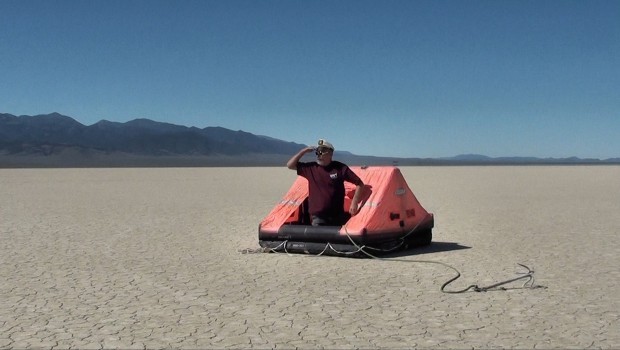

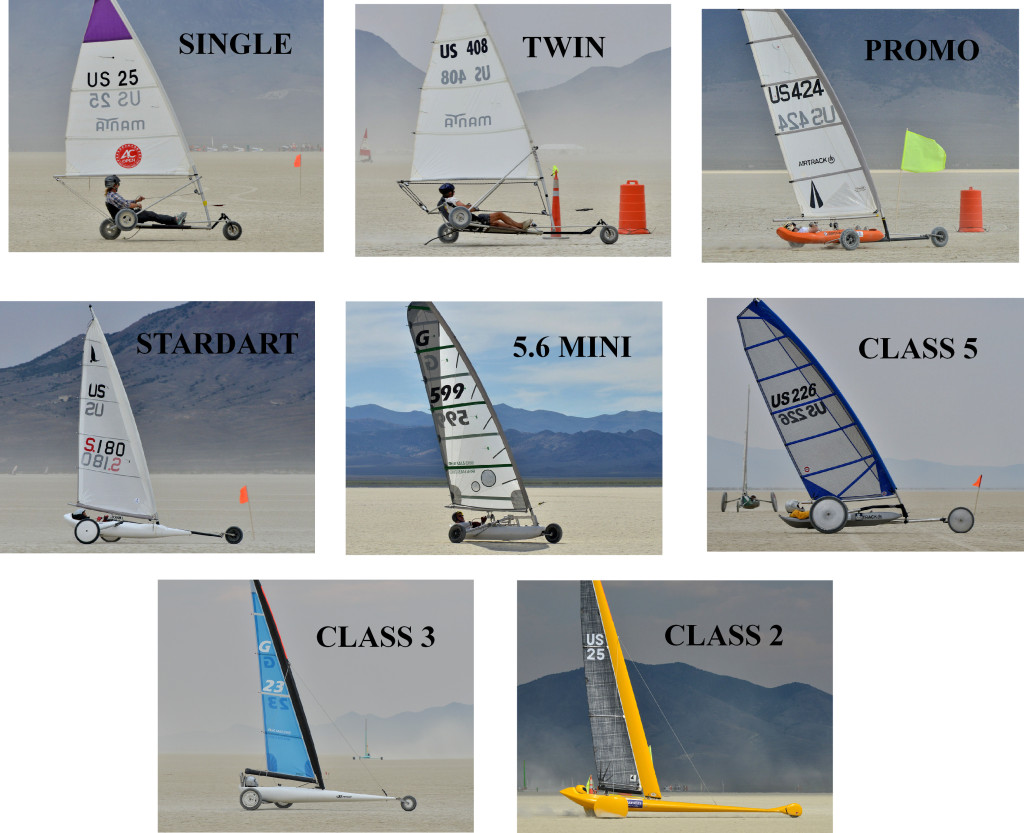
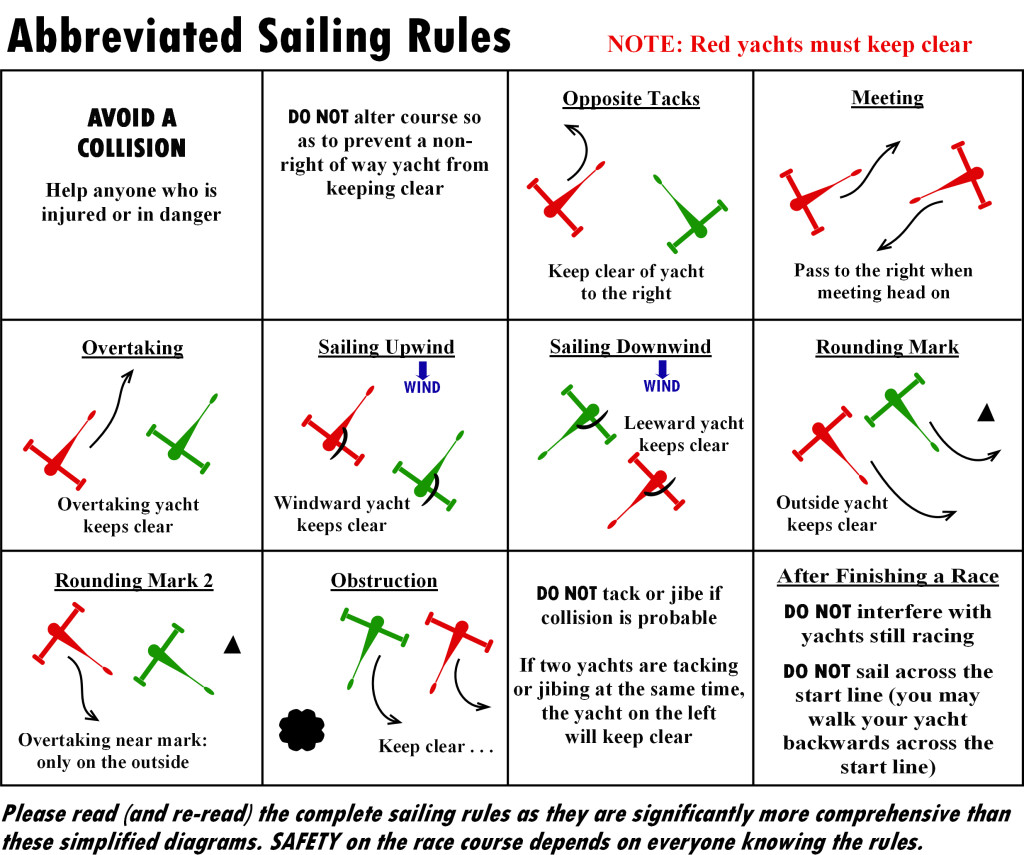

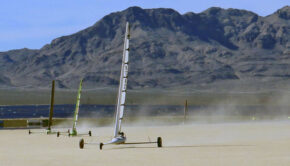
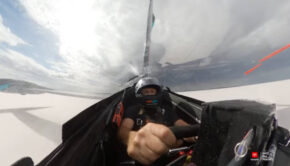
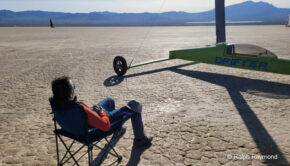
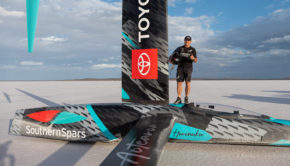
 We’ll keep your information safe.
We’ll keep your information safe.